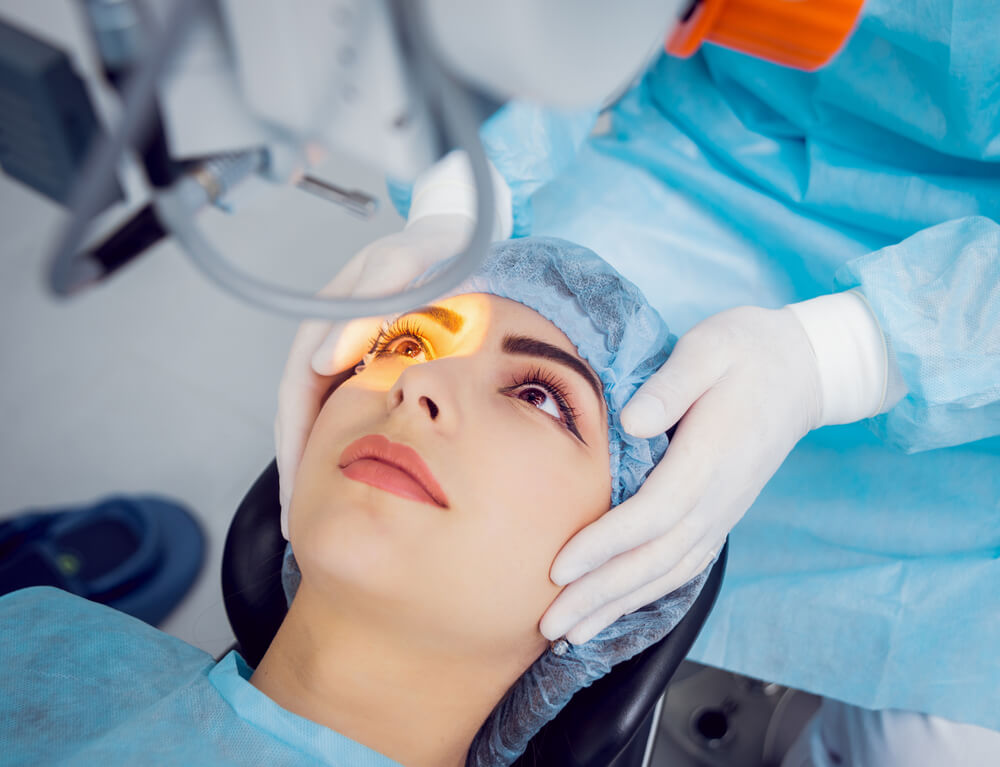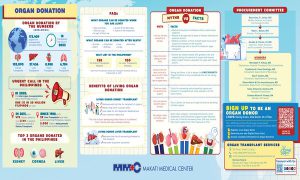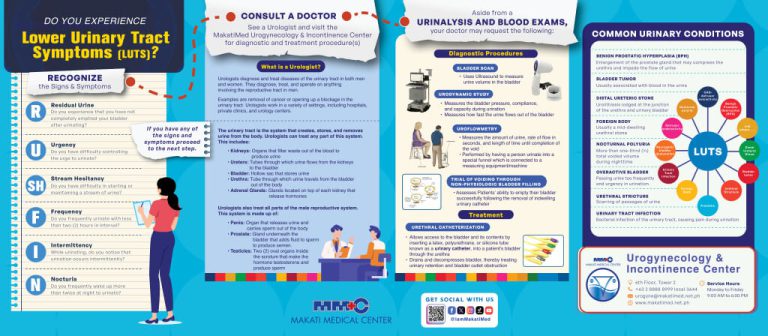Humans heavily rely on their senses to perceive the world around them and lead meaningful lives. While all senses are essential, sight is arguably one of the most critical as humans use it to interact with their environment and do activities of daily life independently.
The cornea is the clear front part of the eye which transmits light towards the back of the eye for an image to be formed on the retina. The cornea must be clear, smooth, and healthy for good vision to be attained. A scarred, swollen, or opaque damaged cornea will not focus light properly and leads to impaired vision and eye pain.
According to a 2015 data from the World Health Organization (WHO), corneal blindness is the fourth leading cause of blindness worldwide (after cataracts, glaucoma, and macular degeneration). In certain cases where a cornea is damaged but the eye still has good remaining visual potential, an Ophthalmologist may offer a corneal transplant.
What is a Corneal Transplant?
A corneal transplant, or keratoplasty, is a surgical procedure involving the replacement of diseased or scarred corneal tissues with healthy corneal tissue from a deceased donor. Cornea donors are carefully screened for infectious diseases, previous eye surgery, or eye disease to make sure that these are not passed on to the cornea recipient.
Diseases that Require a Corneal Transplant
The following are common eye conditions that are treated with keratoplasty:
- Infectious Keratitis – ulcers due to a severe bacterial or viral infection, in which inflammation may cause the cornea to progressively thin out, perforate (develop a small hole), or rupture. A corneal transplant removes the infected tissue and closes the eyeball in cases with perforated or ruptured corneas.
- Corneal Scarring – scars or corneal opacities from healed corneal ulcers or previous corneal injuries and surgeries may significantly affect the vision if they cover the line of sight or cause an irregular corneal curvature (irregular astigmatism).
- Keratoconus – type of corneal ectasia (dilation) characterized by progressive weakness, thinning, and steepening of the central or paracentral cornea. The cornea becomes cone-shaped, leading to irregular astigmatism and impaired vision.
- Fuchs’ Dystrophy – the endothelial layer (the endothelium is the posterior layer of the cornea) are responsible for keeping the cornea clear. In Fuchs’ Dystrophy, these cells progressively become dysfunctional and die off. This causes fluid to build up in the cornea, leading to corneal swelling and clouding.
- Corneal Injuries – penetrating injuries caused by sharp objects may lead to extensive corneal damage. These may sometimes require a corneal graft in order to adequately repair the eye injury.
- Corneal Dystrophies – inherited eye diseases that lead to a build-up of abnormal materials in the cornea, causing corneal opacity. These usually affect younger people and involve both eyes.
Types of Corneal Transplant Procedures
- Penetrating Keratoplasty (PK) – if the outer and inner corneal layers are damaged, the entire cornea may need to be replaced and a full thickness corneal transplant is done. The diseased cornea is removed and a clear donor cornea is used to replace the removed tissue.
- Endothelial Keratoplasty (EK) – in cases where the diseased part of the cornea is the endothelial or innermost layer, an endothelial keratoplasty is a partial transplant where only the corneal endothelium is removed and replaced with a donor endothelium
- Anterior Lamellar Keratoplasty (ALK) – when the damage is limited to the outer and middle corneal layers, an anterior lamellar keratoplasty may be performed. This involves the removal of the outer and middle corneal layers – retaining the corneal endothelium – and replacing these damaged layers with a graft of the anterior corneal layers.
- Artificial Cornea Transplant (Keratoprosthesis) – traditional corneal transplants generally work well in treating corneal blindness. In patients with severe or end-stage corneal disease, however, a traditional corneal transplant is highly likely to fail. For these cases, an artificial cornea (also known as a keratoprosthesis) is used to replace the diseased cornea.
Post-Operative Complications
Most corneal transplants are generally successful, with data in the Philippines reporting good visual acuity (sharpness) and survival rates of up to 90.4% in the first year. However, the procedure still carries a few risk of complications.
Some of the possible problems that may arise after a corneal transplant include:
- Graft rejection – the body’s immune system can mistakenly attack the donor cornea. This is more common in full-thickness transplants, and early signs or symptoms include blurred vision, eye redness, and light sensitivity. A graft rejection has to be recognized and treated as soon as possible with medication. Repeat transplants have a higher rate of rejection than a first transplant.
- Increased pressure in the eye (glaucoma)
- Bleeding
- Infection
Other eye problems could limit visual quality even when corneal transplants are successful. These eye problems include cataracts, refractive errors or astigmatism, or retinal diseases such as macular degeneration or diabetic retinopathy. Some people might need more than one corneal transplant, and a corneal transplant may be done with another ocular procedure depending on the problems that have been identified in the eye.
Post-Operative Care
While a corneal transplant is transformative for the patient, the treatment does not end once the patient leaves the operating table. Taking proactive eye care post-surgery to prevent complications that can endanger the patient’s eyesight is critical to full recovery.
Here are a few pointers to help keratoplasty patients fully recover from the procedure:
- Go to follow-up check-ups. Regular communication with the Ophthalmologist gives patients a clear picture of their progress and recovery. It also allows the doctor to monitor for complications and to make medical and lifestyle recommendations based on the cornea’s condition.
- Follow the prescribed medication schedule. Eye drops or oral medications prescribed by the Ophthalmologist should be faithfully carried out to speed up the healing process.
- Depending on the type of transplant performed, a patient may be asked to maintain a certain position – such as lying flat on his back – to help the donor tissue or graft stay in place. It is important to adhere to this position in order to avoid displacing the graft.
- Wear eye protection. Patients can return to work once the Ophthalmologist has given clearance. However, they may be asked to wear protective glasses, goggles, or eye shields for several months.
- Avoid rubbing or manipulating the eye. Patients who lead a healthy lifestyle are advised to avoid physical activities during recovery as it can cause eye injuries and compromise the surgery.
Corneal Transplants Help Save the Eye Certain circumstances and eye conditions make corneal transplantation vital in restoring vision, reducing pain, and improving the appearance of a damaged or diseased cornea. To learn more about the specifics of these procedures, get in touch with your MakatiMed Ophthalmologist.











